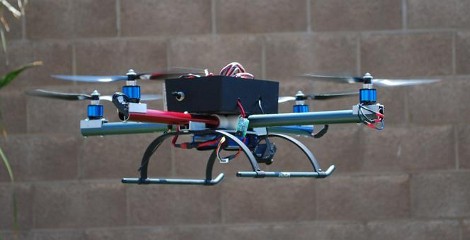
It seems someone hacked into one of LED billboards and added porn video clips to the rotation of advertisements. We caught a glimpse before YouTube yanked it. We’ve pixelated the shot above which already had some blackbox censorship from the OP but we assure you, it was hardcore porn.
The 9-by-6 meter billboard is in downtown Moscow. The AP is reporting that this caused something of a traffic jam and shocked passersby. We’ve seen porn before, but have to admit that even knowing what to expect in the video it was a bit shocking for us to see cars driving by a giant sex scene. This is certainly much more of a distraction than leaving clever messages on the side of the road.
Does anyone know what technology is used to update these billboards? We’re curious as to whether physical access to the unit is necessary for this kind of attack. Leave your insights in the comments.
[Thanks Sean]
















